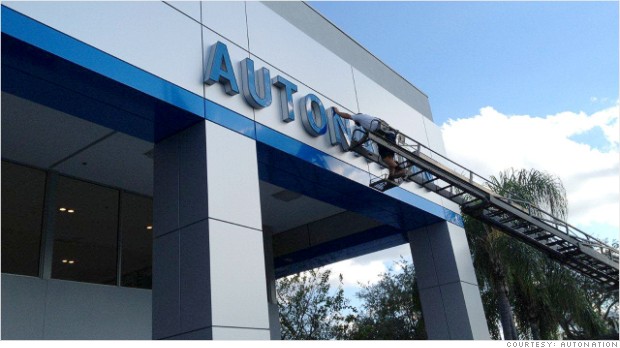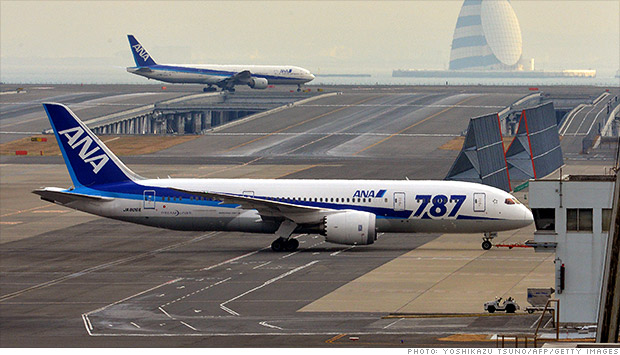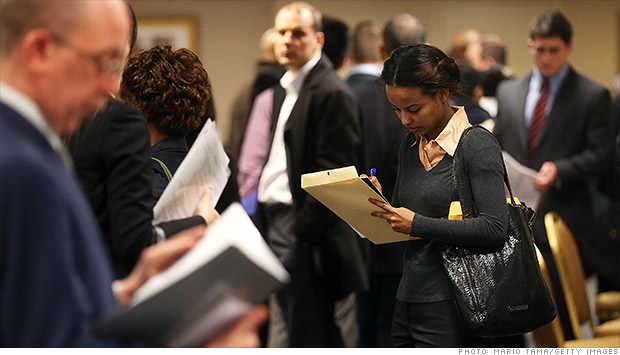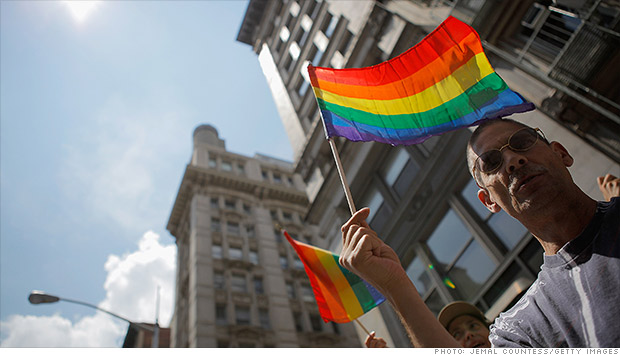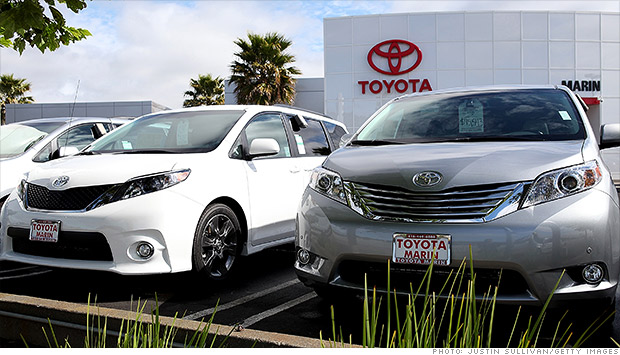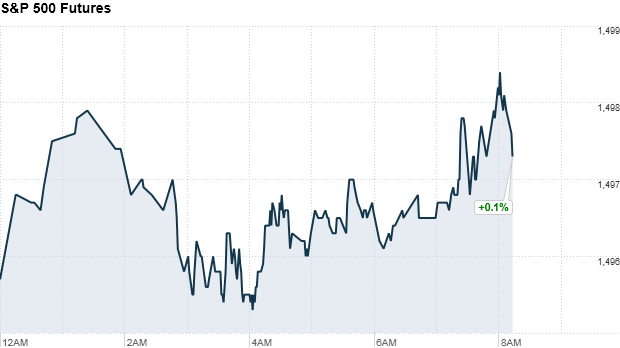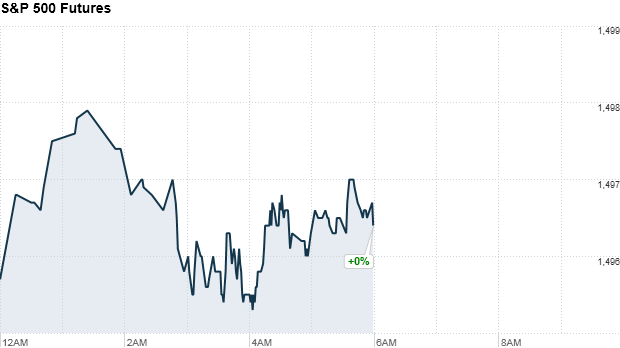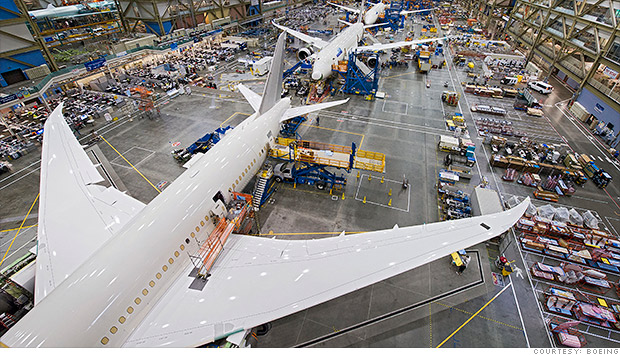
If the Detroit Three automakers want to survive, they need to look beyond their traditional red state customer base for car sales.
(Fortune)
But underneath the gauzy good news lies an unpleasant fact. The brands of the Big Three are in danger of becoming regionalized, their appeal strong in some parts of the country and weak in others. What's more, demographic trends and population growth suggest they will grow only more regionalized over time, rooted in their core markets but unable to meaningfully expand beyond them over time.
That's dangerous because it limits Detroit automakers' ability to hold on to their current levels of market share -- much less build on them -- as it creates more opportunities for import brands. And while every dollar made by GM, Ford, or Chrysler largely remains in the U.S., import brands provide jobs here too, but their corporate profits go overseas.
State-by-state sales data, analyzed and provided to me by Edmunds.com, strongly indicates that cars made by the Detroit Three are largely red state cars, popular with the same people, many in the heartland, who voted Republican in the last presidential election.
Imports, by contrast, perform far more strongly in the blue states, where the majority of votes were cast by the Democrats.
MORE: 13 auto execs to watch in 2013
This geographic division does not favor the domestics. Red states tend to be more rural, less populated, and slower-growing than the rest of the country. Blue states, on the other hand, are more urban, more dynamic, and benefit from a greater influx of new population.
That's not good. Being confined to red states slows sales growth and makes it difficult to attract younger buyers. It also creates problems for product planners, because they have to come up with designs that can help conquest new customers without alienating older buyers. That helps explain why import brands have been leaders in new technologies like hybrid gas-electric powertrains, and new product segments like compact crossovers, while domestics have been largely fast-followers.
The domestics have been trying to break out of their red state box for a decade or more, sporadically trying, for instance, to boost sales in California. Their inability to do so has become a subject of frustration. One well-placed Detroit insider told me, "We are terribly concerned about it."
Take a look at the 10 states that have the highest proportion of domestic sales, according to Edmunds.com data. They are, in order: Michigan, North and South Dakota, Iowa, Wyoming, Montana, Nebraska, Oklahoma, Arkansas, and Indiana. The common characteristics they share are stable or declining populations, being mostly ignored by the national media, and having relatively little impact on broader societal trends.
MORE: 13 cars to watch in 2013
By contrast, the imports shine on the coasts. Theories abound why this is so, but import cars seem better adapted where streets are narrower, traffic is heavier, and destinations are closer together. Import buyers also tend to be early adopters who are better informed about choices available to them and are less inhibited by past preferences. The 10 states with the lowest proportion of domestic sales are, in order: Hawaii, District of Columbia, California, Massachusetts, Connecticut, New Jersey, Rhode Island, Florida, Maryland, and Washington State.
The geographic distinction is even more sharply drawn when you look at metropolitan areas. Domestics are anchored to older, slower-growing metro areas like Buffalo, Indianapolis, and Cleveland. But they lag in fast-growing regions such as Miami/Ft. Lauderdale, San Diego, and Portland. Import brands meanwhile dominate in opinion centers like New York City, Los Angeles, and Washington, D.C.
MORE: 3 little letters GM is counting on now
The divide is just as pronounced when you compare the regional sales of two popular midsize cars: the Ford Fusion and Toyota Camry.
The Fusion is most popular in the Midwest, starting with Michigan, where it accounts for nearly 6% of all car sales, followed by Ohio, Kansas, Kentucky, and so on.
Camry's top 10 states in market share begin with red state stalwarts Alabama, Kentucky, and North Carolina. But that is surprising only until you consider that Kentucky is home to Toyota's huge manufacturing complex, and the other two states are nearby. California and Florida, two of the nation's most populous states, are also on the Camry list.
The Detroit Three have made huge strides in sustainability, technology, design, and quality. Now they have to start conquesting buyers who haven't shopped domestic before. ![]()
First Published: January 31, 2013: 6:55 AM ET
